How to enjoy the luxurious world of Baroque art
The upcoming bidding war over the luxury Villa Aurora, that contains the only known Caravaggio ceiling fresco, has shaken both art and property markets alike. It has also shone a spotlight on the wonderful world of Baroque art. In this post we will teach you how to appreciate pieces produced during this alluring and emotive artistic period.
So what’s the big deal with the Villa Aurora?
It is the 16th century home of the only existing and confirmed Caravaggio ceiling painting, which cannot be removed from the property, and the house is coming to auction in January; making it the most anticipated piece of art or property to go on sale potentially ever, with bids starting at €471 million.
Why is the painting itself so valuable?
Michelangelo Merisi di Caravaggio, commonly known by just his surname, is arguably one of the greatest artists of the 15th century, whose work has been treasured for many years and was one of the early innovators who sparked the Baroque style in 16th century Italy.

The ceiling painting that everyone has been focussing upon is a depiction of the Roman Gods and Cerberus the dog. The painting alone was valued at €310 million by Alessandro Zuccari, the historical expert as Sapizena University who lead the examination of the mural. Essentially the piece is priceless, because as Zuccari says, ”it was the only mural ever done by Caravaggio and so we had nothing to compare it to.” However, it now has been given a price and the house which was previously sought after by Bill Gates and Gulf royalty will be going on sale early next year.
What made Caravaggio’s work special?

His work is heralded for its intensity, the way in which it depicts the reality of human flesh with details such as wrinkles. Another feature of his work was the use of deep blacks and rich reds, with highlights of yellow, to create a painting that is dark and has areas of illumination; whereas previous eras had largely depicted their subjects and features of their paintings in lighter colours and displayed them in all their glory, rather than Caravaggio’s dramatic shadows.
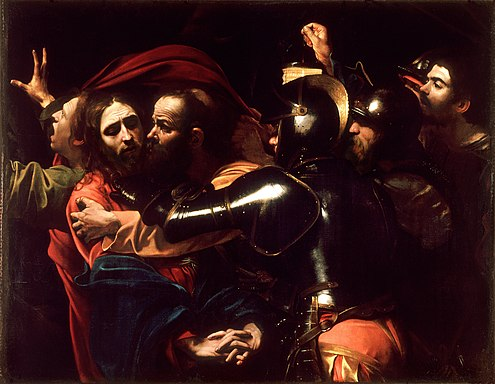
The style that Caravaggio’s ideas became ingrained in went on to far outlive him, with Baroque style being the dominant philosophy within European art until the mid 18th century, and continuing into the 19th century in Iberia.
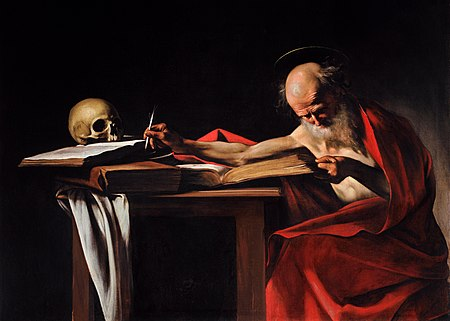
How to appreciate art from the Baroque period
To appreciate art from the Baroque period, one must understand the context in which it was created.
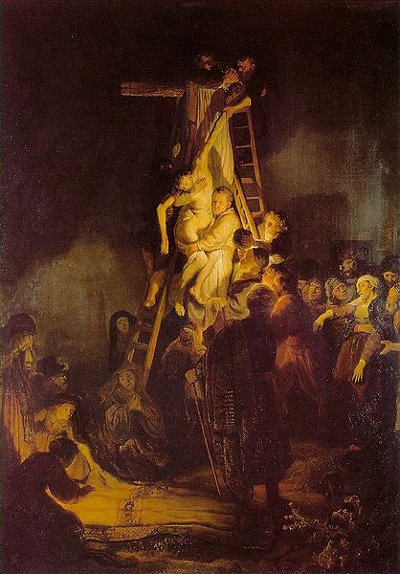
Whilst the style’s origins came naturally, springing out of the paintings of artists such as Caravaggio; pushing the boundaries of what was deemed acceptable, painting more dramatic scenes, depicting characters in a more realistic manner rather than the replicating the idealised and sanitised versions of figures that had previously been expected by artists; the promulgation of Baroque style and its celebration throughout Europe was no act of natural popularity. The Baroque style was part of the Catholic Church’s counter reformation and a cultural response to Protestantism, which aimed to strip away the vestiges of Church power and recentre Christian religion on dutiful prayer and humble scripture, by demonstrating the strength of the Catholic Church to all though art which demonstrated the drama of religious life, the emotional turmoil that came with faith and luxurious to demonstrate the wonder of God’s work. It was an attempt to completely distinguish themselves from dour protestants by embracing luxury and beauty, which was embodied in early Baroque art.
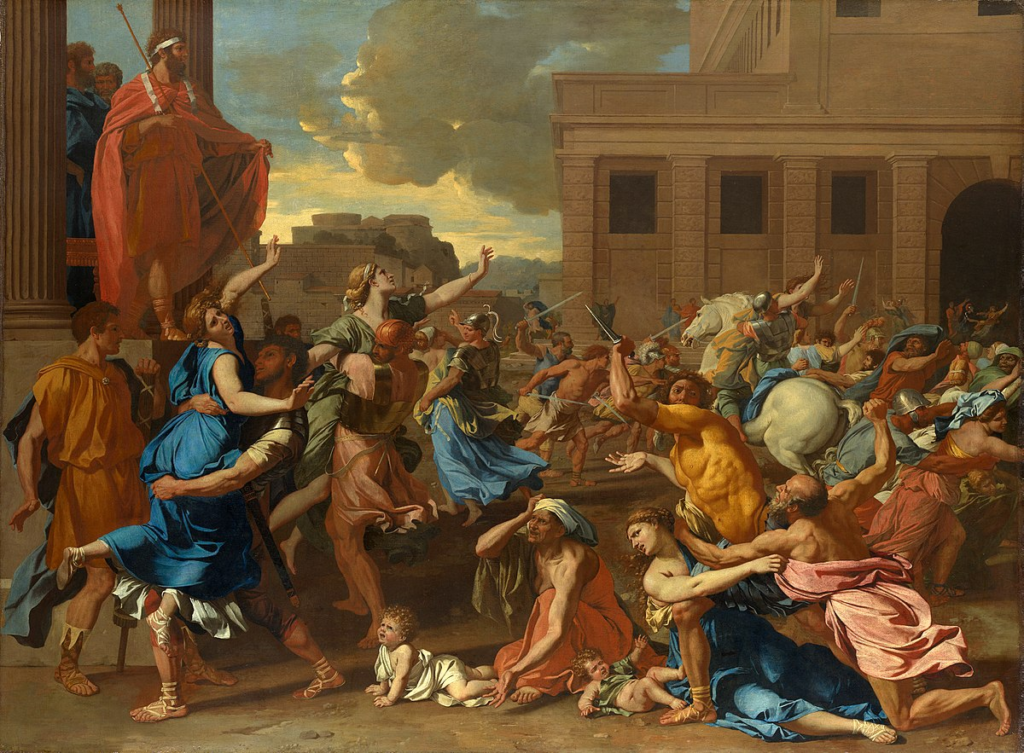
Due to this direction from the Catholic Church, the most celebrated pieces of Baroque art tend to focus upon biblical events displayed in vivid colour, or grandiose visions, more dark ideas such as martyrdom, violence and death; or of great contrast, containing both the typical dark atmosphere with moment of miraculous light.
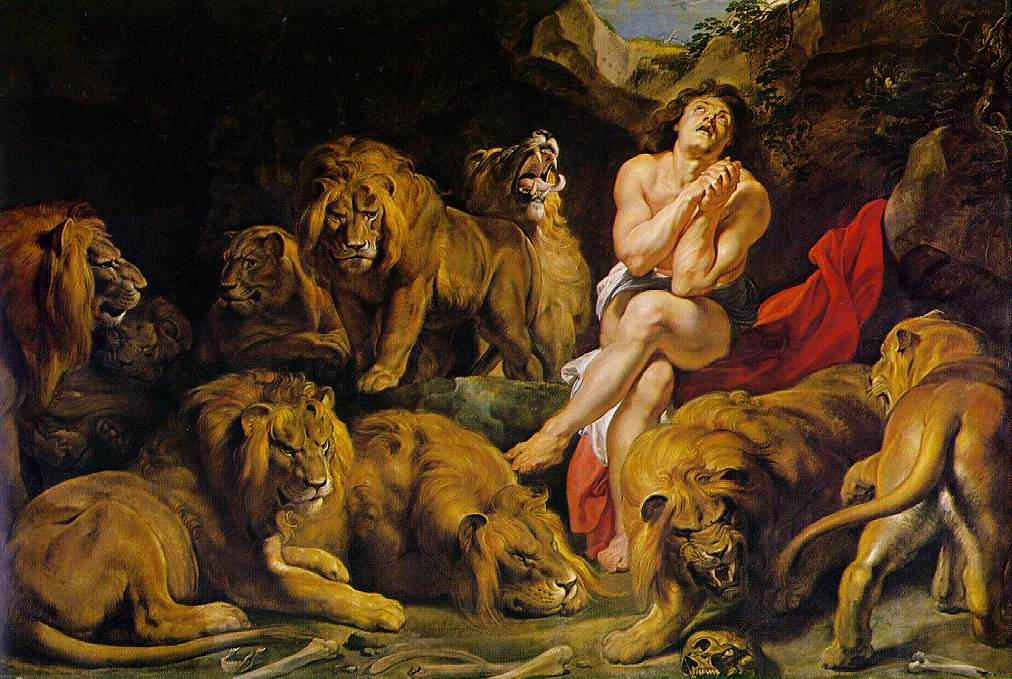
However that is not to say all pieces that were produced during the Baroque era were religious or propagandistic pieces for the Catholic church, just that these pieces took on the ideas of vivid action and drama and infused them into their painting of subjects completely separate from the world of scripture.
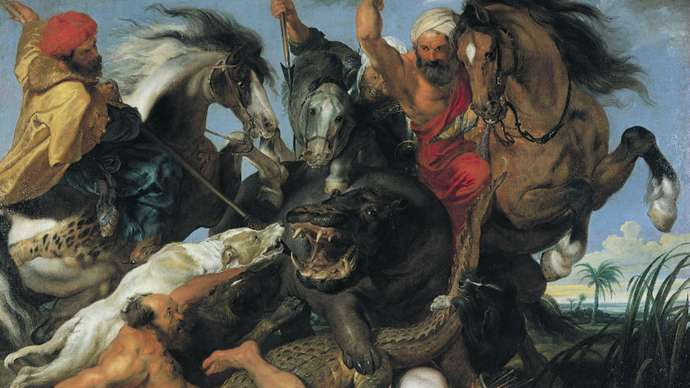
Baroque pieces also have a very sensory appeal, rather than just aiming to appeal to people’s intellectual enjoyment of art, they were supposed to feel like depictions of epic stories that tugged on people’s emotions or were so evocative that they transported viewers to the scene of the painting itself.
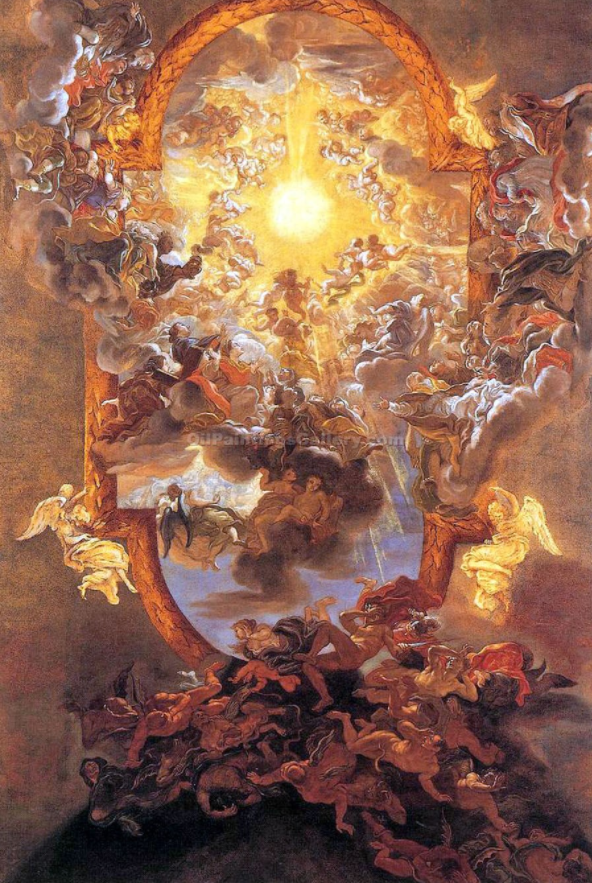
Even if you can’t spend 500 million Euros to enjoy the luxury of owning the Villa Aurora and its unique Caravaggio ceiling fresco, hopefully you will now have an understanding of Baroque art and be able to appreciate some of the stunning scenes that have been painted in these wonderful pieces.
However, if you prefer extravagant pieces of art that you could hold in your hand and tangibly feel it’s luxurious design, you might be more interested to learn about the famous Fabergé Egg.

